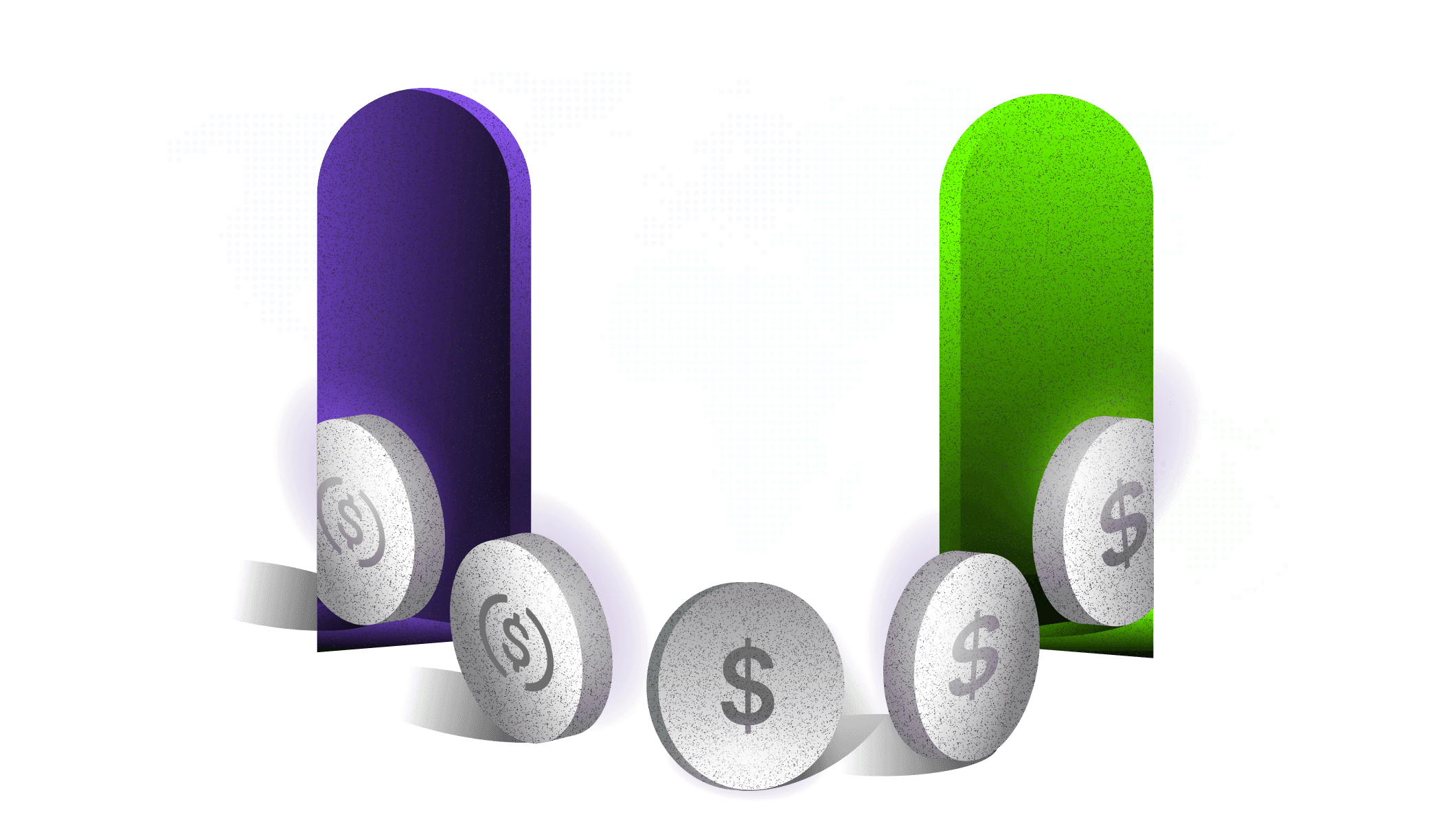
How Blockradar Enables Borderless Banking for the Next Generation
The Problem
High FX Fees and Slow International Transactions
Traditional banks charge high fees for currency conversions and take days to process cross-border payments. In many emerging markets, users also face restrictive capital controls, limited access to USD, and lengthy KYC processes—making multi-currency accounts almost impossible to access and slow to activate.
The Solution
Stablecoin Infrastructure for Cross-Border Financial Access
By integrating with Blockradar, neobanks can offer users multi-currency accounts backed by stablecoins—unlocking access to USD, programmable yield, and new financial features like embedded wallets and borderless balances tailored for emerging markets.

How It Works
-
Multi-Currency Stablecoin Wallets: Users receive dedicated virtual accounts in different currencies backed by stablecoins pegged to USD, GBP, EUR, and more.
-
Instant Transfers: No delays, as funds move onchain rather than through traditional banking rails.
-
No Hidden FX Fees: Fintechs can offer cross-border payments with stablecoin-based conversion, eliminating opaque FX markups.
Real-World Use Case: Hurupay’s stablecoin-powered borderless accounts
Hurupay offers a stablecoin-powered app for freelancers and remote workers across emerging markets, providing them with the equivalent of a USD account—even in countries without reliable access to international banking. With Blockradar, Hurupay enables users to receive USDC payments from global clients, convert them into local currencies, and manage their finances with speed and certainty. This model unlocks new earning potential and economic inclusion for users previously excluded from global payment networks.
The Result
- Borderless banking without the need for a traditional bank.
- Lower costs and greater transparency Reduced reliance on costly banking intermediaries.
- Faster access to global payment networks.
Simplify and expedite international business transactions with stablecoins, reducing fees and settlement times compared to traditional banking systems.

Enable fast, low-cost money transfers for individuals across borders with stablecoins, ensuring reliable value delivery without cryptocurrency or FX risks.
Provide seamless conversion between fiat and stablecoins, empowering users to access digital assets with ease and transparency.
Access USD-backed interest-bearing accounts via stablecoins as an alternative to traditional savings, offering higher yields and global availability.